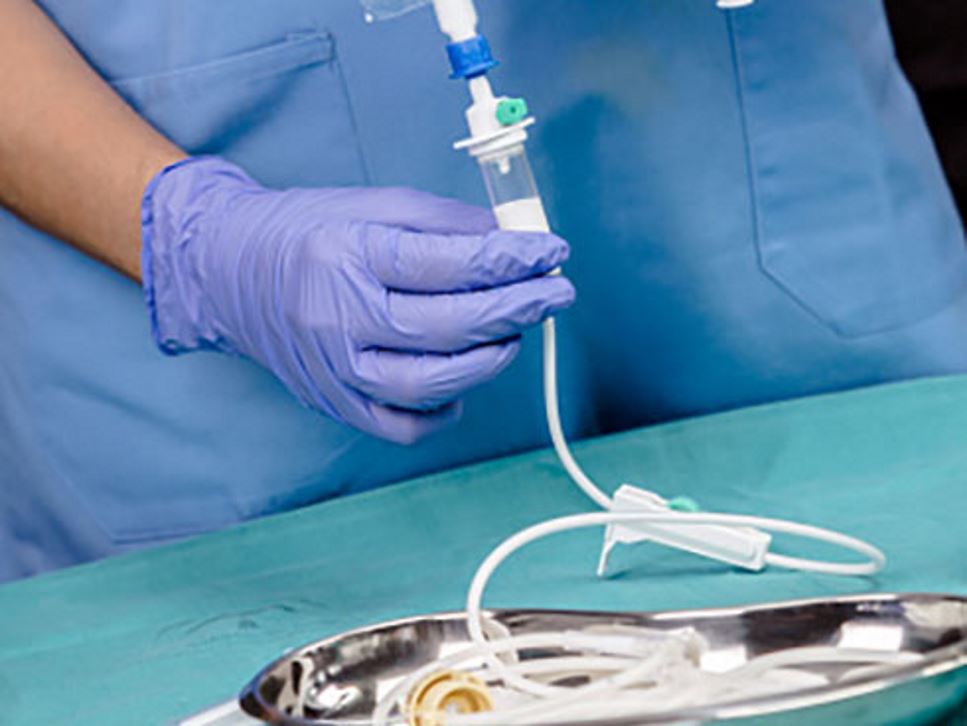
The Role of Alternative Lipid Formulations in Parenteral Nutrition
The purpose of this presentation is to review alternative ILEs and discuss their roles in therapy across the continuum of care.
Member Price $24.00
Nonmember Price $54.00
0 item(s) Subtotal $0,00

The purpose of this presentation is to review alternative ILEs and discuss their roles in therapy across the continuum of care.
Member Price $24.00
Nonmember Price $54.00
Student Member Price: $10.00
Lipid injectable emulsions (ILEs) are an integral part of balanced parenteral nutrition. While single lipid source, e.g. soybean oil, has previously been the standard of care, mixtures of different lipid emulsions have now become widely available. New lipid products now contain a combination of soybean oil, medium‐chain triglycerides, olive oil, and fish oil. The immunomodulatory and anti-inflammatory benefits of mixed lipid products are supported by growing literature. Additionally, use of these products may improve outcomes in select patient populations. The purpose of this presentation is to review alternative ILEs and discuss their roles in therapy across the continuum of care.
CPE Level: Level 2 (intermediate knowledge/experience)
CPEU: 1.0
Performance Indicators
From seasonal specials celebrating commemorative events and awareness campaigns to sales on soon-to-expire CPE activities and book titles for which new editions are just around the corner, don't miss this opportunity to grab cutting-edge resources at discounted prices.